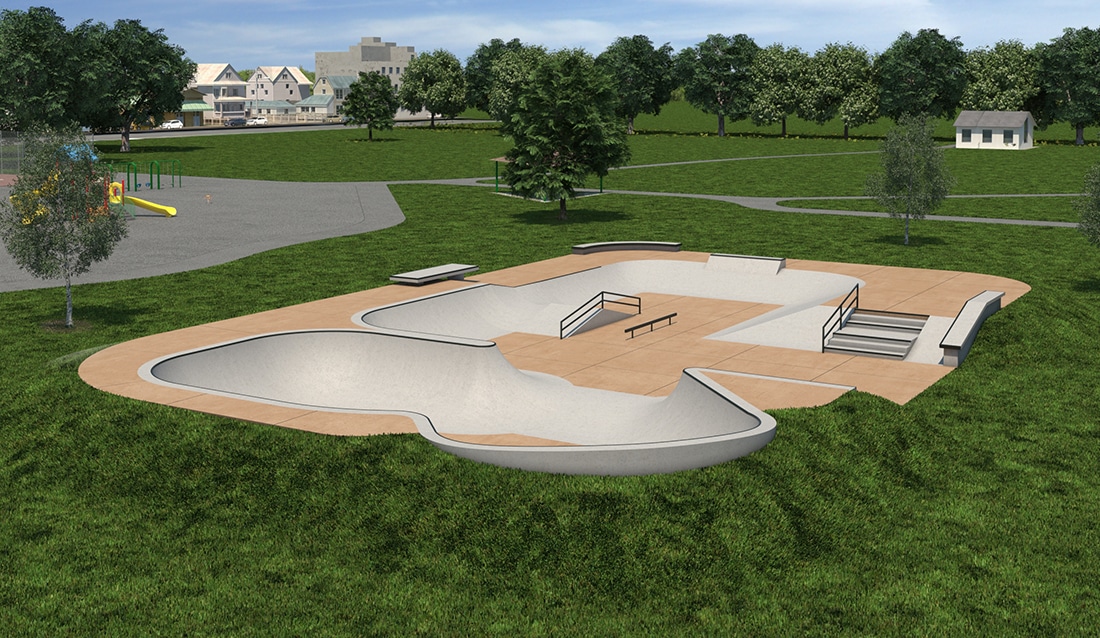

The population density was 1,932.8 inhabitants per square mile (746.3/km 2).

2010 census Īs of the census of 2010, there were 7,364 people, 2,108 households, and 1,669 families residing in the city. Since the 1980s, Othello has become a destination for immigrants from Latin America who arrive as migrant workers or for seasonal farm jobs.
#Othello park update
Please help update this article to reflect recent events or newly available information. The reason given is: newer information is available from the 2020 census report. Demographics Historical population Census In addition to agricultural output, Othello has several food processing and cold storage companies, especially for potatoes. Climate Īccording to the Köppen Climate Classification system, Othello has a semi-arid climate, abbreviated "BSk" on climate maps. Geography Īccording to the United States Census Bureau, the city has a total area of 3.81 square miles (9.87 km 2), all of it land. Since 1998, Othello has also been home to the Sandhill Crane Festival, celebrating the annual arrival of sandhill cranes to the nearby Columbia National Wildlife Refuge. Frozen food packaging came to town in the early 1960s, and has since become the main industry. In 1958, an ice plant was opened in town to service railroad cars moving produce. įrom 1951 to 1973, the 637th Radar Squadron operated the Othello Radar Station near the town. On May 31, 1952, 42 names were drawn (of more than 7000 submitted) for the privilege of purchasing this newly desirable acreage. Once there was irrigation available, a land drawing was held in Othello. The water arrived via the Potholes East Canal between Billy Clapp Lake and Scootenay Reservoir in Franklin County. Prior to this, water came only from Crab Creek and from local wells. In the early 1950s, the Columbia Basin Project brought irrigation to the Othello area, increasing both agriculture and commerce.

The Bureau of Reclamation located offices in Othello in 1947, which prevented the decline of this town with the decline of rail shipping after World War II. The railroad was abandoned in 1980 following the Milwaukee Road's bankruptcy. At the time the railroad was the eastern terminus of the second electrified district of the Milwaukee Road's "Pacific Extension" route, which extended up to Tacoma, Washington. Businesses and settlers continued to follow, and the town was incorporated on May 31, 1910. Although the roundhouse burned in 1919, it was replaced with a brick structure that lasted many years. They kept the name Othello and built a railyard and wooden roundhouse there. The railroad officially platted the town as a stop, with water to feed the boilers of steam trains. That hotel would be later known as the Old Hotel and Art Gallery. In 1912, a hotel was built for the railroad workers. Paul Railroad ran a track through Adams County in 1907. The post office was named Othello in a public contest after a post office also called Othello in Roane County, Tennessee. An influx of homesteaders began after the start of the 20th century, and a post office was established in 1904. The first white settlers in the area were two brothers, Ben and Sam Hutchinson, who built a cabin along the Crab Creek in 1884. The city is 25 miles (40 km) south of Interstate 90 in Moses Lake and is connected by State Route 17 and State Route 26. It is located in the heart of the Columbia Basin Project, approximately 100 miles (160 km) southwest of Spokane. The population was 8,549 at the 2020 census, a 16 percent increase from 2010. Othello ( / oʊ ˈ θ ɛ l oʊ/) is a city in Adams County, Washington, United States.


 0 kommentar(er)
0 kommentar(er)
